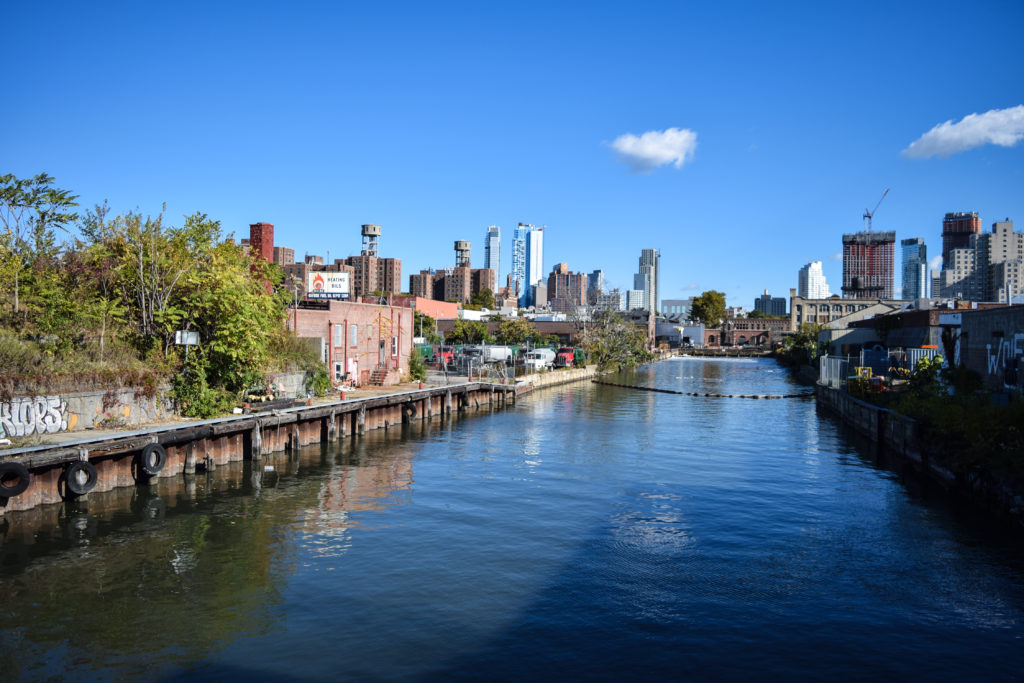A massive steel wall is coming to the Gowanus Canal
This is what the infamous black mayonnaise at the bottom of the canal looks like.

One of the main groups responsible for the Gowanus Canal’s pollution will begin building an 880-foot wall along the waterway this fall as part of the federal Superfund site’s overall cleanup.
The massive fence, paid for by National Grid, will serve as an environmental barrier to prevent liquid tar from the former Fulton Manufactured Gas Plant from entering and re-contaminating the canal. It will also provide structural support for future remediation efforts.
The wall will be made out of steel sheet piling and be placed on the eastern side of the canal in front of the existing bulkhead (the border between the shore and the water). It will stretch from the head of the canal around Butler Street to the Union Street Bridge and is slated to be completed by August 2020.
